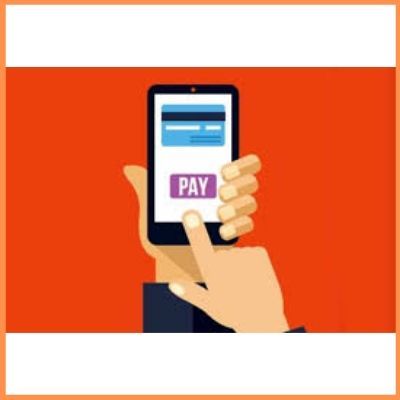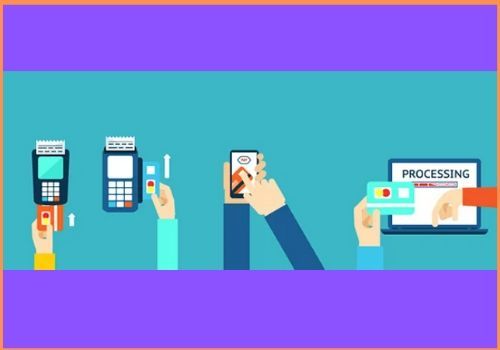The Rise Of Digital Contactless Payments Post The COVID-19 Pandemic
The Rise Of Digital Contactless Payments Post Pandemic
The fast spread of the novel coronavirus has led to a global lockdown hitherto unfathomed. The on-going situation has now become one of the biggest threats to economies and financial markets all over the world, and is leading us towards a global recession. The spread of the coronavirus has impacted the purchasing power of people. We are apprehensive of exchanging traditional currency i.e. notes and coins, to minimize contact. In such a situation, digital contactless payments are gathering a new found attention in these times. Also, countries across the globe are taking numerous measures to maximize digital contactless flow of currency. The culture of digital contactless payments is only going to expand as time passes. This article covers the rise of digital contactless payments post the COVID-19 pandemic.
Status of Digital Contactless Payment

The COVID-19 pandemic stopped almost all possible transactions in the beginning. But over the last couple of months, digital payments have picked pace. People are now resorting to digital payments for purchasing all kinds of utilities. Many merchants have witnessed a significant rise in digital contactless payments across different modes. Statistics point towards a rise of around 30% in the role of digital transactions in revenue generation. Several reports attest to this. According to a report from Statista which talks about the impact of the coronavirus (COVID-19) and its consequent lockdown on Indians, a majority of respondents reported no or very less change in their use of digital payments. However, 33 percent said they used digital payments more than before, while nine percent made online payments exclusively.
Different modes of Digital Contactless Payment
The different digital payment modes that one can opt for in the current circumstance include:

1. QR Code
QR code or Quick Response Code-based payment is a modern payment system that has become pretty popular during the period of COVID-19 pandemic. People can simply scan a QR code with the help of their smartphone to pay for items like fuel, grocery, utility bills, fuel, food, travel and several other services. QR codes facilitate instant payments and that too using fool-proof security payment technology. Whenever a customer requests to pay via the QR code, he or she needs to just scan the QR code of the respective merchant. This scanning helps in automatic entry of the merchant's details and leaves you with only having to type the purchase amount. After this, you are ready for the payment. Just click on the secure payment tab and watch the transaction happen in a jiffy.
2. UPI
Unified Payments Interface (UPI), developed by National Payments Corporation of India (NPCI), is an instant payment system which relies on your bank account. Whenever a customer requests the UPI payment mode for transacting, the merchant provides his or her unique UPI ID. After this, the customer needs to enter the UPI details of the merchant. The customer can also verify the details displayed on the payment portal. The customer is then ready for making the payment. Just click on the secure payment tab and it's done! This is also linked with the QR code of the merchant.
Also Read: Everything You Need to Know About Unified Payments Interface
3. Payment Gateway
Payment gateway is a merchant service provided by different e-commerce platforms and ensures that sensitive information (such as credit card details) passes securely through various channels when entered into a virtual terminal or an e-commerce website . At present, e-commerce establishments are strongly focusing on payment gateways as they refrain from entertaining cash-on-delivery payment orders.
Also Read: Best Payment Gateways in India for Your Business
4. NFC Payment
The Near Field Communication (NFC) feature is a new technology in the e-payment sector that allows you to make contactless payments to retailers. Customers can choose to pay via their contactless credit/debit cards or through a Tap & Pay feature provided by banks via a mobile application; you simply tap on your smartphones.
5. Prepaid cards
Closed-loop prepaid cards are the ones that can only be redeemed at the merchant who issued them. On the other hand, “semi-closed loop cards” or “restricted open-loop cards” are similar to shopping centre cards which can be redeemed at various merchants but only within the shopping centre. These cards can be swiped/inserted at the PoS terminal for top-up/withdrawal purposes. You need to enter your pin for completing the payment. This is done for security measures.
Must have tools for startups - Recommended by StartupTalky
- Convert Visitors into Leads- SeizeLead
- Website Builder SquareSpace
- Manage your business Smoothly Google Business Suite





